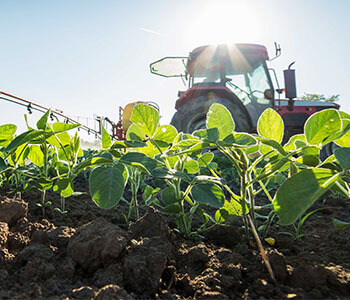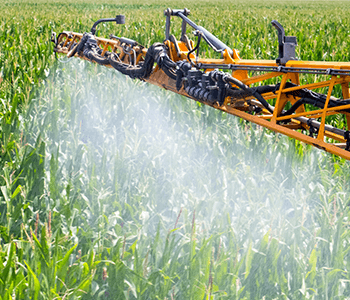Build a Season-long Herbicide Plan Now
May 29, 2020

Planting herbicide-resistant seed is the new norm for most farmers. And while postemergence applications are certainly important, to protect the trait technology and to get more effective weed control, it’s crucial to build a season-long strategy that relies on layered residual herbicides with multiple modes of action. The extra upfront planning and investment will save you headaches later on, because once weed populations are established, they’re more costly to control.
Residual herbicides, by definition, offer a longer window of weed control due to their persistence in the soil. That feature alone helps explain why they’re an important component of a successful weed-management program. Here’s why an extended window of coverage should be an essential component of your herbicide strategy.
-
Better weed control. Because you get an extended window of coverage, you’ll get better control of late-germinating and newly emerged weeds.
-
More flexibility. The extended protection of residual herbicides allows more time to make postemergence herbicide applications, in the event that bad weather or logistical challenges prevent you from getting into fields.
-
Less pressure on postemergence applications. If you’ve started with a burndown and a solid residual program, fields should be fairly clean when you make a postemergence herbicide application. Any remaining weeds should be small and more effectively controlled with a postemergence application.
-
More effective herbicide-resistance management. Layering residual herbicides with multiple modes of action throughout the season helps control herbicide-resistant populations in your fields and helps prevent new herbicide-resistant populations from developing.
Herbicide-resistant traits are a valuable tool to help control weeds, but there are more essential components of a strong weed-management program. To steward the technology and get more effective weed control, a comprehensive season-long strategy should include multiple residual herbicides with different modes of action. One should also consider adding an adjuvant into the tank mix to optimize your investment. Learn more about various forms of adjuvants here. For more information on developing a strong weed management strategy, speak with your Mid-West Fertilizer salesman today.

While you are post spraying corn during the V4 through V7 growth stages, adding a fungicide into the tank mix is something that should be considered.